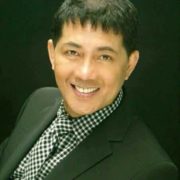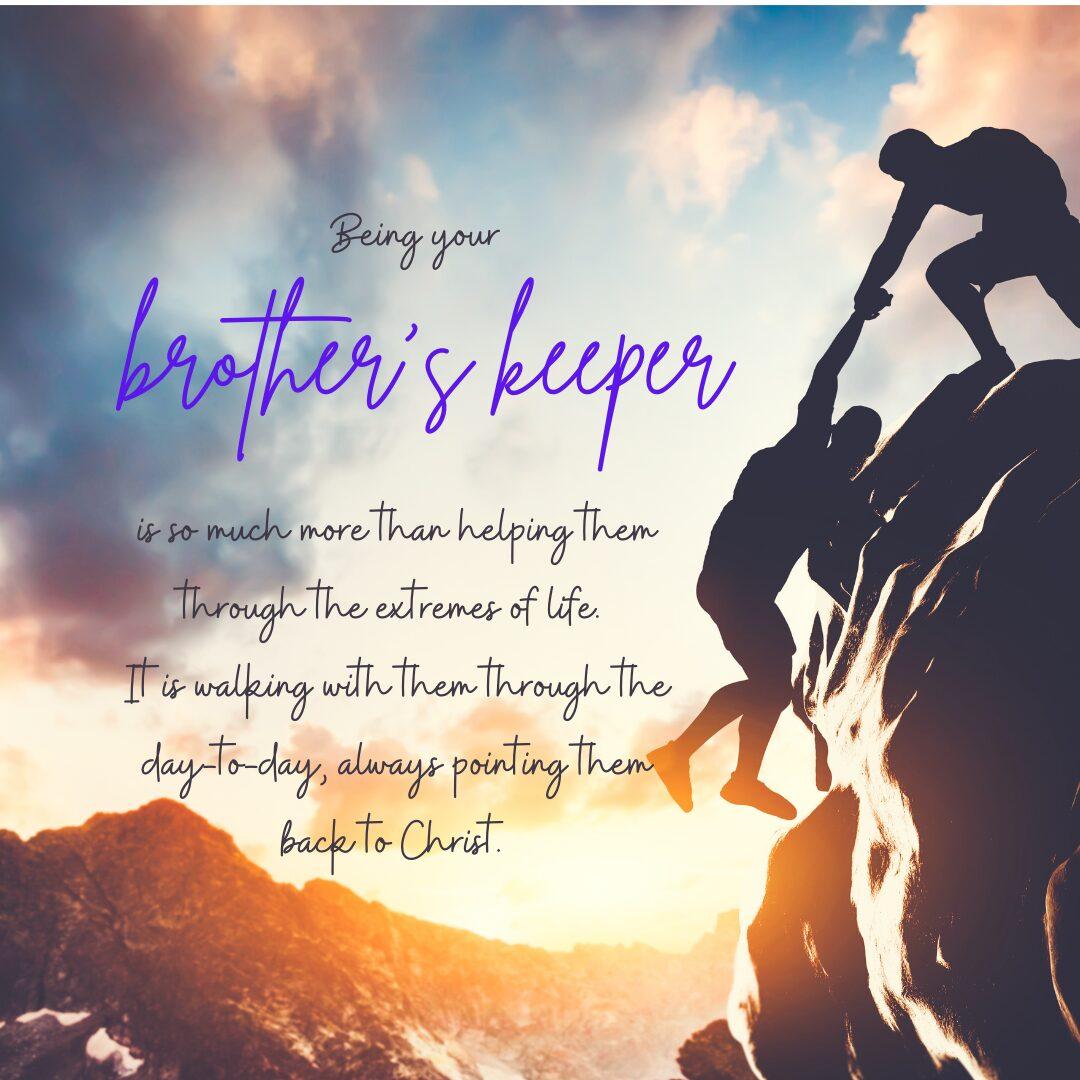If the world is a stage and each has to play a part…easily then, a camera is one imperative device that will capture every single facet of one’s performance. Its importance isn’t mainly in the gadget but in the wonders it produces. Since we consistently wanted to record and preserve monumental occurrences, there ought to be somebody with keen eyes behind the lens. The sterling power of photography (and an ace photographer, for that matter) cannot be ignored…for it is the concerning link with the past, the people, the events, and places that had been of enormous significance.
Whether choosing photography as a hobby, or merely being an enthusiast, or even embracing it as a full time job, the astute preference readily ensures a gratifying end result. Aside from allowing us to share and communicate, photography offers a complex language expressed and interpreted in limitless ways with such nostalgic impact that resplendently turns back the hands of time.
Through the use of cameras people are allowed to highlight social norms and the world gets the opportunity to document and create profiled history. Photography entails the captivity of every single detail of everyday life and the environment…even outer space. Its expanse is limitless with unbounded possibilities.
A great photograph should not only capture the beholder’s attention but must say much more about who took it and the truest character of the subject.
According to leading Indian fashion photographer and portraitist Gautam Rajadhyaksha, photography freezes the fragment of the time spent with the subject. Ace fashion lens man Mark Lamey also views taking pictures as a visual recording of an era’s lifestyle.
Not far from rising to the ladder is world-class Filipino shutterbug Filbert Diego Kung, a Restaurant & Hotel Management degree holder from De La Salle University College of St. Benilde in Manila, who inevitably experienced the irresistible beacon and insurmountable magnetism of photography at an early age…and felt as if he was deliberately born with a camera for a twin.
“Growing up amid sets of cameras inevitably stimulated my curiosity to-focus-and-shoot the way my Dad did…and instantly enjoyed the result and loved the experience,” the soft spoken fashion photographer zealously recollected. “Even while in college I incessantly indulged in shooting fine-looking people and other subjects I found interesting…until I gradually learned the ropes and essential aspects in perfecting my craft,” the self-taught photographer added.
His first professional shoot was an astounding challenge for Filbert. “Imagine being commissioned by a huge and established communications company to do their promotional campaign…. and that was merely three weeks after I bought my first camera, a Canon 350D,” his eyes widened as he recalled the incident still with astonishment.
Although utterly hooked to and already earning from photography, Filbert still endeavored to exploit his schooled competence by working as a Front Desk personnel in Shangrila Makati Hotel and still tried working as a Medical Representative of a known pharmaceutical laboratory but sadly, photography was what gave him pleasure and contentment.
Patience, perseverance, and armed with a creative mindset are all what he needed to an assigned photoshoot…and of course, his reliable camera.
“A photographer needs a lot of patience and persevering ways,” he verbalized in a low tone. “It’s unavoidable that you encounter models who aren’t keen observant of time element…or locations that are not suitable for the shoot’s theme.”
Filbert elaborated and continued: “That’s why it is imperative to sit down and discuss details with either the designer or the company’s big boss. There should really be a ‘meeting of the minds’ to thresh out whatever probable impediment encountered during the shoot.”
Filbert, of Filipino-Chinese-Spanish descent, ambitiously hopes to be at par with either the world’s famous fashion photographers Annie Leibovitz, Peter Lyndberg, Mario Testino, Sebastian Kim, and Horst Diekgerdes or famous advertising or commercial photographers like Neelutpal Das, Rob Grimm and Kremer Johnson.
If and when given the chance, he might invade the movies as an award-winning cinematographer in the likes of Emmanuel Lubezki, Leon Shamroy and Darius Khondji.
Per my personal observation during this interview and the manner Filbert responded to my queries, the low-profile guy behind the camera intrinsically owns that kind of sophisticated air of stubbornness and volatile mood.
“I could not fully accept a rejection of my work. I was confident I delivered what they actually wanted…that’s why we have a collaborative exchange of ideas before the shoot. If they’re not happy with what came out, I don’t feel guilty. Not at all! It could have been just a matter of miscommunication or misinterpretation,” he replied straightforwardly after I asked if there was an instance when he thought he had achieved the best but the subject or the client refused to agree.
I tossed a few relevant questions related to his almost eleven years being in the field that easily gave away the type of photographer that he is.
Before any shoot, do you already have in mind or visualized what the outcome would be? “To perfect a concept I always collaborate with the knowledgeable people in the production but the final say is still mine. I wanted to think that they hired me because they believe in my work… or else, they could have took into service other photographers.”
As a professional photographer what cameras do you use to achieve the best results? “I’ve already accumulated the best that I’m comfortable shooting with. My Mark II and Mark III Canons are very dependable. I’ve mastered these two models completely with reliable results!”
What gives you satisfaction after a shoot… the pay or the good results? “Well, I would say both…but the excellent result comes on top since it could promise additional clientele.”
What is favorite subject for a photoshoot? “I love to shoot fashion shows and models…and also portraitures. I’m consistently challenged to capture the best angles of a person….especially plain looking ones.”
Which, for you, is more impressive: colored, sepia, or black and white photographs? “I always find black and white dramatic and with depth…and effectually captured the very essence of the subject. Black and white photographs are timeless…aside from the fact that the century-old technique also serves as a litmus test of the photographer’s ultimate competence!”
How far has photography taken you? “My job has enormously offered me the opportunity to travel to different places I’ve never been. Aside from traveling around the key cities of the USA, I have projects and clients as far as Europe and Asia.”
In your more than a decade in the industry what had been your biggest challenge… biggest project…biggest compensation? “Shooting cars for Top Gear was one assignment hard to shoot since (obviously) my subjects were lifeless and couldn’t harmonize with my energy but an internationally patronized bottling company gave me my biggest project matched with a huge compensation.”
For you, what lighting could be more effective in shooting close-ups? “Using available light either indoor or on location offers the best results. It has the propensity to furnish that much endeavored natural and unaltered effect which is best for portraitures. Artificial lights or flashes sometimes agitate the subject and the results are not as candid.”
Digital photography has been a main discussion point amongst professional photographers…what for you gives the best result, digital or film? “For me, it’s film. One can control the light and shadow effects according to your preference during dark room processing. Digital makes one dependent on hit and miss shoot which does not develop a photographer’s skill.”
Aside from photography, what other field could you excel? “I can paint human faces and landscape in oil. I could also sing (which he concluded with an impish grin). I was a choir and band member before I became hooked to photography,” he justifiably expounded.
Incidentally, according to American travel writer and novelist Paul Edward Theroux: If somebody wants to be a photographer, one must first leave home, go as far as you can, and become a stranger in a strange land. How do you decipher it? “Yeah, it’s very true. One cannot explore the world by just being confined in seclusion. The outside world has a lot to offer with unlimited possibilities for growth. I simply love shooting in far-flung location and allow myself to be lost amid its undiscovered grandiosity.”
For now, his moniker may not yet ring that deafening resonance but given ample time and that proverbial break, with his keen eyes and photographic skills, it won’t be startling if Filbert Diego Kung’s name reverberates vociferously sooner than expected.
For comments and suggestions, please email to: [email protected].



